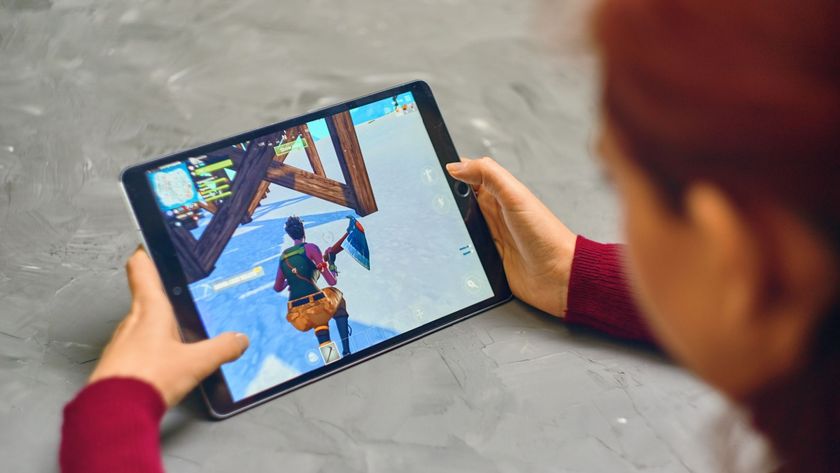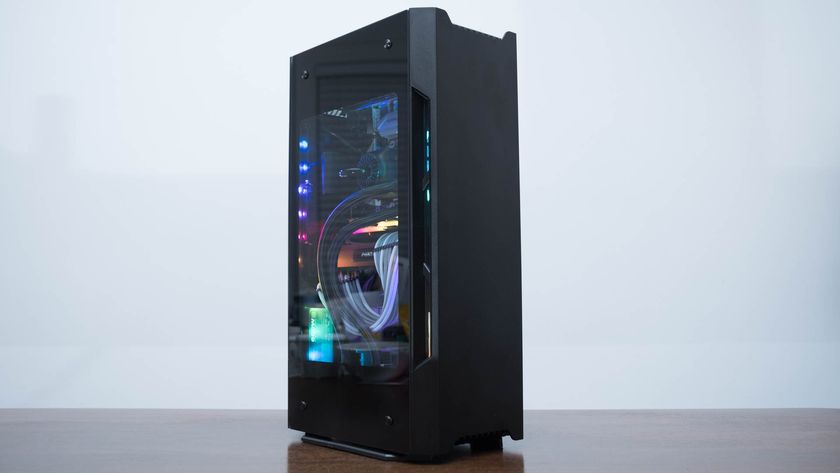Razer CEO talks Nabu, the Internet of Things and making products for gamers
And whether we'll ever see a Razer smartwatch
Tan: Where we see wearables [is] it's an incredibly difficult space. It looks easy from the outside, but it's intensely difficult if you delve deep into it. Wearables are very different from technology. What you wear, you don't consider it in terms of specs. You wear it because of comfort. You wear it because of aesthetics. That's what we're great at. In fact, something people don't know is that we ship a lot of clothing under the Razer brand. I can't think of a single technology company that sells more clothing than we do today. We sell shirts, hoodies and stuff like that. That, in itself, makes us on the forefront of everyone else.
[Wearable technology] was a perfect fit for us. And we think it's just the beginning. That's the fun part.
TR: T-shirts are one thing, but the wearables market is getting more crowded by the minute. Where does Nabu fit in against other wrist tech?
Tan: The Nabu is not a smartwatch. It's not a fitness band. I think we started coining the term 'smartband.' I think that alone, as a category, will be the largest category in the shortest term because most people who wear watches are comfortable with their watches. The real estate space over here [points to wrist] is usually not great for two-way interaction. Generally, you want a one-way interaction, just like a tablet.
That's why we intentionally created a band. The most significant thing is that we think we will create this entire new category of smartbands.
We took the time to think about even the name. We thought 'lifeband,' 'whatever-band.' And 'smartband' really resonated with us.
TR: You think smartbands will win out over smartwatches?
Get daily insight, inspiration and deals in your inbox
Sign up for breaking news, reviews, opinion, top tech deals, and more.
Tan: I think in the short term. In the much longer term, because of processing power and battery life ... the problem with smartwatches today is that batteries haven't progressed dramatically, so what happens is you need to have really low-powered screens which cannot give you a really good experience. Or you need to compromise in terms of battery life.
The way we see it is that smartbands will be the way to go, and it will probably be the largest category which will then segue into smartwatches.
TR: Will Razer make a smartwatch then?
Tan: [Smiles] I think when it's ready, it's ready. But rest assured, if we ever get into it, we will do it in our own flare and fashion.
TR: Fair enough. Back to Nabu - do you feel it will appeal to an audience Razer hasn't tapped into yet?
Tan: I think our audience has always been gamers. We're not a gaming company - we're a company that designs products for gamers.
I wrote this Facebook post when I was up at 4 a.m. and I just penned it because most people said, 'Nabu is so out of character.' And I said, 'No, it's always in character.'
When we did laptops, we were designing products that gamers wanted. I said in the post, 'Don't be surprised if at CES 2030, we'll be doing things like killer mech robots and stuff like that' because - of course, if I had the resources to do that, I'd definitely be working on that - that's what gamers want. That's cool, that's fun. Like an electric car. I would love to go design an electric, performance car because that is something that resonates with me. I like performance, I like speed.
Of course, there will be the guys who go, 'Eh, that's not a company.' If we were 'a real business' [the question would be], 'Is this core product?' but we're focused on the user, not on the business, so that's the difference.
Michelle was previously a news editor at TechRadar, leading consumer tech news and reviews. Michelle is now a Content Strategist at Facebook. A versatile, highly effective content writer and skilled editor with a keen eye for detail, Michelle is a collaborative problem solver and covered everything from smartwatches and microprocessors to VR and self-driving cars.












